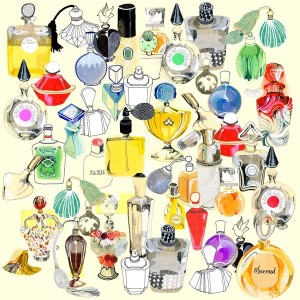
When you have worn and tested as many perfumes as I have over the past 15 years, you begin to discern “signatures” of great olfactive artists. To my knowledge, it wasn’t until 2000, when Editions de Parfums Frédéric Malle printed the name of the perfumer on the labels, that recognition and acknowledgement were given to the authors of fragrance. It was master perfumer Maurice Roucel of Symrise that told me in our January 17, 2011 interview, “Do you know we used to call ourselves, i.e. perfumers’? ‘Ghosts’.” That has certainly changed since information has become more widely available and now many perfumers have taken on the aura of rockstars; in demand by perfumistas and major brands that follow their every accord. Over the years there have been times when I contacted a perfumer and asked point-blank, “did you create this?”. The reaction was usually surprise, “how did you know”. My answer was always the same; it has your ‘scent stamp”. At the perfumer’s request, I was sworn to secrecy, until such a time when (and if) the brand officially announced that he/she was the Nose. Over the next year, Mark Behnke of Colognoisseur, my colleague of eight years (formerly Managing Editor of ÇaFleureBon) and I will explore these signatures. As lovers of fine fragrance, they are as easy to distinguish as a student of Music can identify the work of Johann Sebastian Bach, of Dance, Martha Graham, of Literature, Hemingway and of Fine Art, Pablo Picasso. –Michelyn Camen, Editor-in-Chief
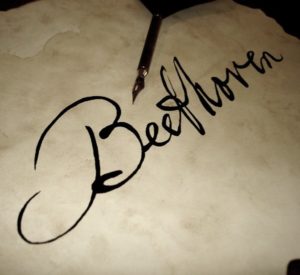
Every art form has a spot for the artist to sign their name. An author has their name on the front page. A painter has it somewhere on the painting. A symphony isn’t a symphony without a composer’s name attached to it. When Michelyn called me several weeks ago with her idea of starting a series on the signatures of modern-day perfumers, it fired my interest. This got me thinking even deeper about how a perfumer signs their creations. Which led me all the way back to the beginning of perfumery itself.
Until the beginning of this century the men and women who composed perfumes were (as Maurice Roucel wrote above) “ghosts”. The brands were what you bought not the name of the perfumer. While it is true that there is much more of a cult of personality around specific perfumers nowadays it wasn’t less so in the beginning. It was just that the name on the bottle represented the signature of the perfumer even if it wasn’t always the same name.
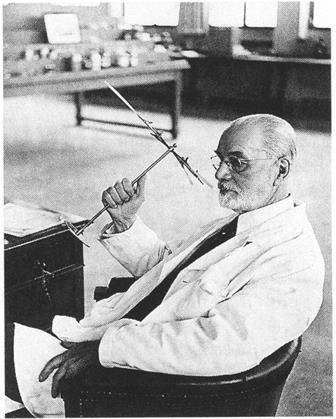
Jaques Guerlain 1912
The most famous perfume signature is the one from Guerlain called the Guerlinade. Developed by Jacques Guerlain in the 1920’s it has literally been a part of nearly every Guerlain perfume since then. It is comprised basically of orange blossom and vanilla along with a slightly varying carousel of florals. Early on it was orris and rose. Later days would find jasmine and vetiver. For nearly one hundred years the Guerlinade has provided the brand DNA as surely as the name on the bottle.
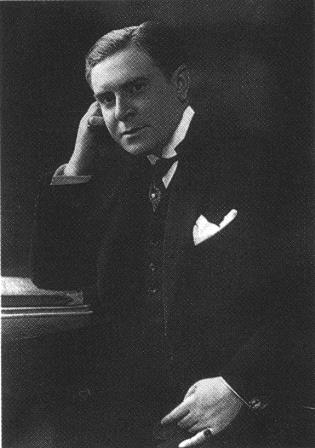
Francois Coty
Francois Coty would create an entirely new genre of perfume with his base of 1917’s Chypre by Coty. M. Coty was an exception to the idea of perfumer’s as ghosts. He was one of the richest men in France because of his perfumes and they all carried his name. Like the Guerlinade, Chypre has become as influential for the same number of years as the accord of sandalwood, oakmoss, patchouli, and musk continues to influence perfumery to the present day.
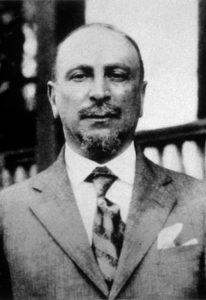
Ernest Daltroff of Caron
Ernest Daltroff would create the Caron style of blending synthetic and natural florals providing a recognizable house style in the early 1910’s. But it was his pioneering use of the Mousse de Saxe base which would truly give Caron his recognizable signature. This accord was a bit of darkness to contrast the brightness of the florals consisting of leather, geranium, licorice, and vanilla.
What you see here is that while the perfumers didn’t necessarily sign their name the mere presence of the Guerlinade, Chypre, or Mousse de Saxe provided a signature that the nose could recognize again and again.
–Michelyn Camen, Editor in Chief and Guest Contributor Mark Behnke
Special thanks to the world’s greatest perfume expert and evaluator, Michael Edwards of Fragrances of The World for the photos of Jaques Guerlain, Francois Coty and Ernest Daltroff for this article. Credit: Perfume Legends French Feminine Fragrances 1996. With gratitude to Michel Roudnitska and Maurice Roucel for inspiration on the importance of recognizing “auteurs” and thus the catalyst for this series
